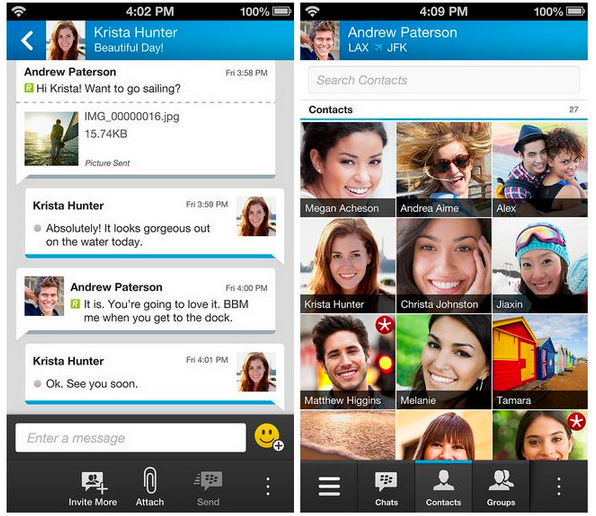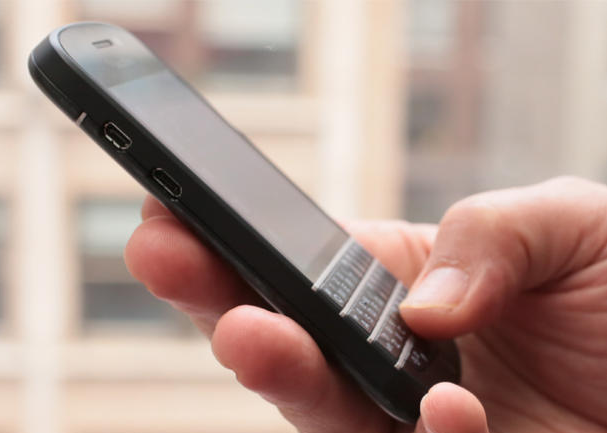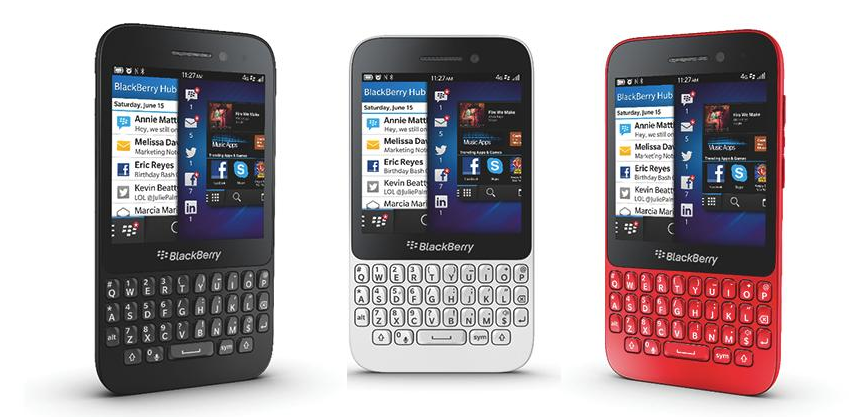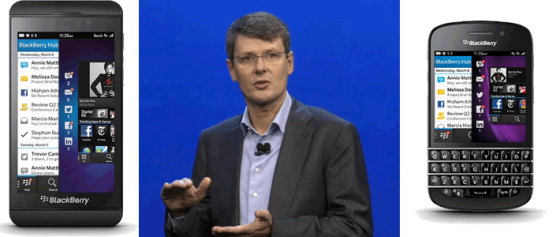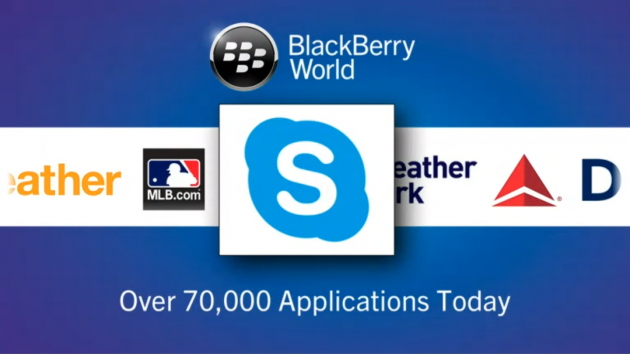Image via Shutterstock
Due to the rise of smartphone usage, businesses are looking into Mobile Device Management (MDM) platforms for better control of personal devices in the workplace.
MDM is the ability to closely monitor, notify, secure, and protect digital devices such as smartphones, tablets, and laptops. The need for MDM platforms has exponentially increased in the past 5 years due to cloud technology, cheaper and more reliable mobile devices, and the adoption of BYOD (Bring Your Own Device).
This article provides a closer look at MDM and how it is changing key industries worldwide. It can also help you distinguish what types of MDM features are applicable to your business.
How Does MDM Work?
MDM works by installing an app in personal mobile devices at the office. The app has two functions. First, it communicates with the main MDM platform, sending information that is used to monitor the device. From the main platform, IT personnel can deploy notifications and updates to individual MDM applications and perform data wipe protocols.
Next, the app serves as a dashboard for the employee who is connected to the company network. MDM dashboards usually include a secure login page and a selection of secure apps or other company features that support daily tasks such as virtual organizers and calendars.
Benefits of MDM
There are several benefits that come with using MDM. For companies that are concerned about security, MDM can help reduce potential threats to the network. It also enables employees to use their own devices at work, which removes the need for costly company phones. Moreover, reoccurring expenses for the upkeep of company smartphones are virtually non-existent with a BYOD policy in place.
Relying on a MDM can put an entire organization on the same page through a single, unified app. Regardless of the type of digital device or model; all employees within the company are using the same app with the same features. Businesses that are going paperless can use the MDM platform to send short memos and create virtual lists. With cloud integration, backing up and sharing files through MDM is as simple as choosing a recipient from a list of employees.
Companies that rely on BYOD use MDM to lower the risk of security threats and access to sensitive data. Furthermore, MDM can help businesses implement a data wipe protocol in case an employee's mobile gets lost or stolen. MDM is equipped with features that restrict the download of harmful apps, which is the first line of defense for potential hacks and malware. This can help ease other security measures that are in place.
Additionally, businesses use MDM to streamline BYOD policies in the workplace. This is achieved by applying MDM features that limit or remove smartphone functionality. As a result, employees are discouraged from attempting to download malicious apps or use features that lower productivity levels.
Which MDM Platform is Right for my Business?
Choosing the right MDM platform for your company ultimately comes down to your business objectives and goals. Organizations should consider SaaS (Software as a Service) MDM vendors for faster deployment, which is ideal for small companies. In-house MDM platforms are required for large businesses that have a reliable IT team that can efficiently manage the entire process.
When it comes to a security, a case study by TrendMicro highlighted BlackBerry as a leading MDM platform due to its suitability for enterprise. BlackBerry MDM features a system that allows companies to manage the usage of apps, customize security functionality on networks, and generate reports. The BlackBerry platform is easy to use and versatile to the needs of today's leading businesses.
To conclude, a superior MDM platform is considered to be one of the best investments for companies that are serious about the use of personal devices in the workplace. In order for MDM to be effective, businesses must take the time to implement the right features that are both secure and useful for employees.
How has MDM helped you organize your business? Do you think MDM technology is here to stay? Let us know what you think.



